
When I was walking through downtown Arashiyama around this time two years ago, I remember seeing many food carts and storefronts selling cubed up mochi dusted in matcha and kinako. I was surprise at how soft, light and jelly-like they were. The mochi I have known growing up has always been a bit denser and chewier. These mochis were labeled as warabimochi, and I thought it’s name described the way the mochi is prepared and served, but after some googling, I found this mochi is made with a different kind of flour!
Mochi is made by pounding cooked glutinous rice into a paste, or more simply, with glutinous rice flour. Warabimochi can be made with different kinds of flour, but the most popular being: potato starch, bracken starch and tapioca flour. These flour, when cooked are sticky (aka starchy) and jelly like which gives warabimochi its unique texture.
I had some tapioca flour on hand so I thought I would try making warabimochi. Making mochi is very easy in of itself, see my 5 Minute Microwave Mochi recipe, and it is very forgiving– I have made it in the microwave, on the stovetop, in the oven, in a steam basket as well as boiling it. I decided to opt for the stovetop method in making warabimochi since that gives me the most control.
I combined some flour, sugar and water and heated it on the stovetop over medium heat, stirring continuously. It took a while at first for the mixture to thicken, but when it starts, it thickens fast! I think it took less than five minutes to get to that perfect consistency. I then turned off the heat and continue beatting, mixing and stretching it until a cohesive dough ball forms. The mixture is pretty stretchy was and appearance and texture-wise, it is similar to mochi made with glutinous rice flour. After that, its just letting it cool slightly, rolling it in kinako, shaping, cutting and the best part– eating!


Dusting Flours/Powders
Mochi is very sticky, so it is essential to roll it in flour or some sort of powder. From my experience, kinako, also known as soybean flour, is probably the most popular flavor of mochi in Japan, right after matcha. It has a nutty, subtly sweet, and powdery taste. If you have never tried it before, it’s similar to powdered peanut butter. Not everyone enjoys this flavor, so here are some alternatives for dusting the mochi.
- Corn Starch: The classic duster for mochi. Corn starch helps prevent the mochi from sticking and gives it a smooth, velvety texture and a clean, white appearance without affecting the flavor.
- Tapioca Flour: Similar to corn starch with the exception that the flour is just slightly lighter and whiter than corn starch.
- Potato Starch: Similar to corn starch with the exception that it gives the mochi a slightly glossier and shinier appearance and the flour has a sublte sweet flavor.
- Kinako: aka roasted soybean flour adds a delightfully nutty, toasty, and slightly sweet flavor, a powdery texture, and a light honey-brown appearance.
- Matcha Powder: dusting with matcha gives the mochi a rich, earthy, and slightly bitter taste and a beautiful vibrant green color.
- Black Sesame Powder: dusting with black sesame powder gives the mochi a rich, nutty, and slightly roasted flavor, a powdery texture, and a speckled black and white color.
- Desiccated Coconut: gives the mochi a mildly sweet, nutty flavor with creamy undertones with a slightly chewy texture.
Shop for the ingredients
Looking for other mochi recipes? Check these out:




- Quick & Easy Microwave Mochi
- 2 Layer Jasmine Milk Tea Boba Mochi Bars
- Adzuki Red Bean Mochi Bar
- Quick & Easy Microwave Honey Sesame Mochi
Warabimochi with Tapioca Flour
Equipment
- small pan or skillet
- silicone or wood spatula
Ingredients
Mochi
- 50 g tapioca flour
- 40 g sugar
- 190 g water
To Dust
- kinako (soybean flour) see the "dusting flours" section for more options
Kuromitsu syrup (Brown Sugar Syrup)
- 50 g dark brown sugar
- 50 g water
Instructions
- Mix together all of the mochi ingredients in a pan and cook over medium heat, stirring continuously until and thick sticky and stretchy paste forms.

- Turn off the heat and keep beating, mixing and stretching the dough until it is evenly translucent and comes together in a dough.

- Dust a container with kinako and transfer the mochi to the container. Roll it around so it is evenly covered and flatten it to fit the container. Let cool uncovered.

- While the mochi is cooling, make the Kuromitsu syrup. Combine sugar and water in a pan and heat on medium heat until the syrup is slightly thicker. Kuromitsu syrup is pretty thin– so think thin maple syrup.
- Once the mochi has cooled, transfer the mochi to a kinako dusted works surface. Cut the mochi into cubes and dust with more kinako. Serve with the Kuromitsu syrup on the side.
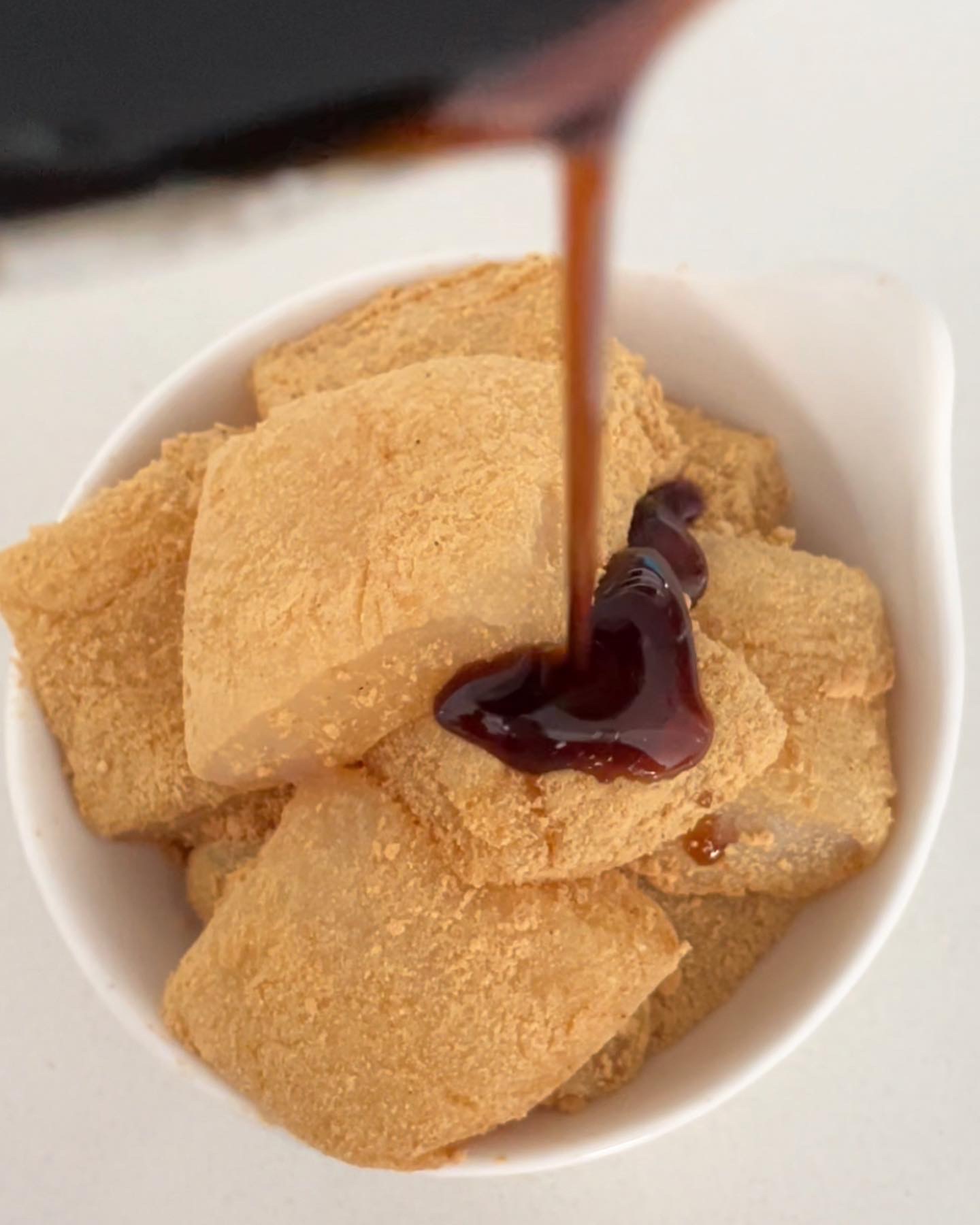









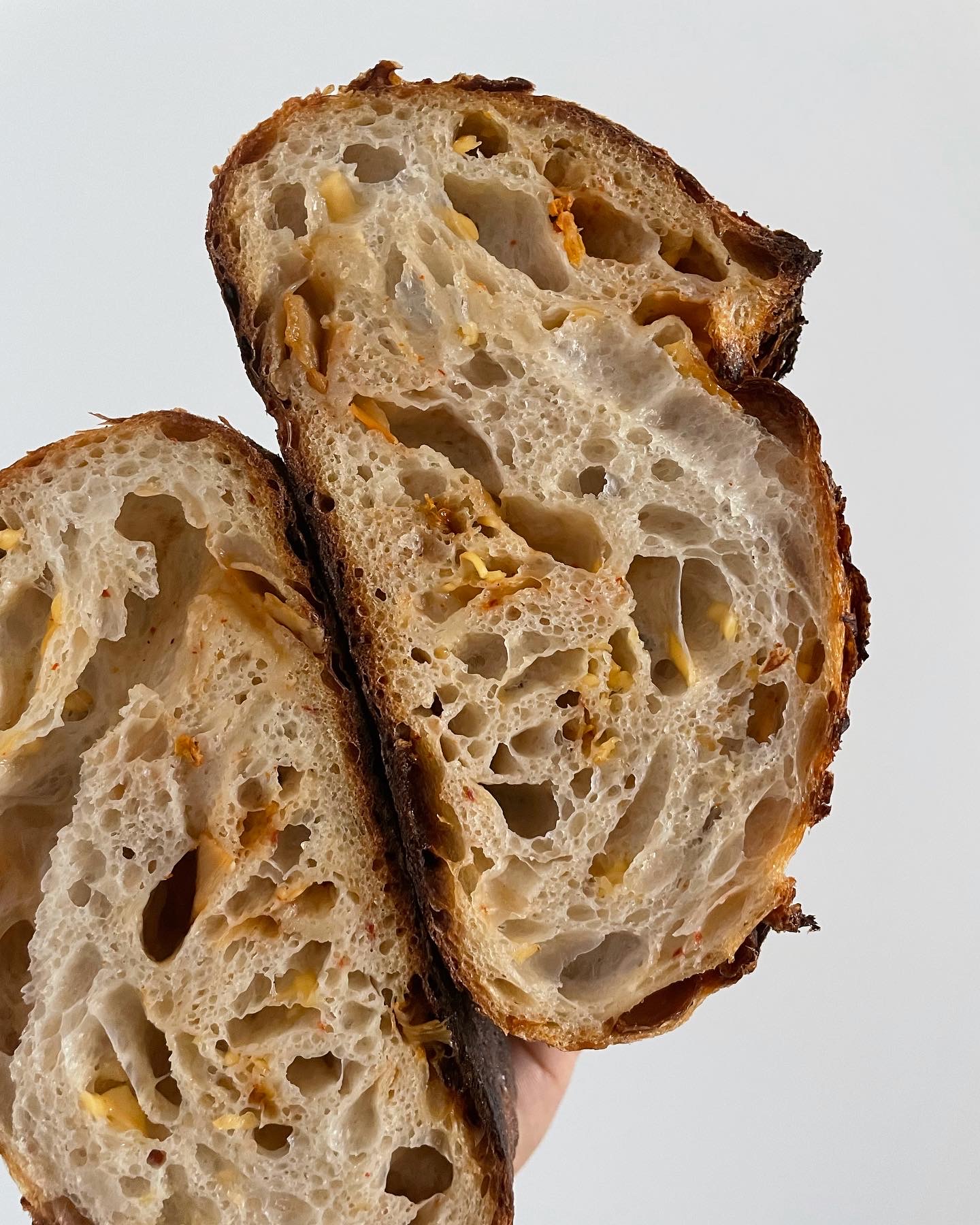

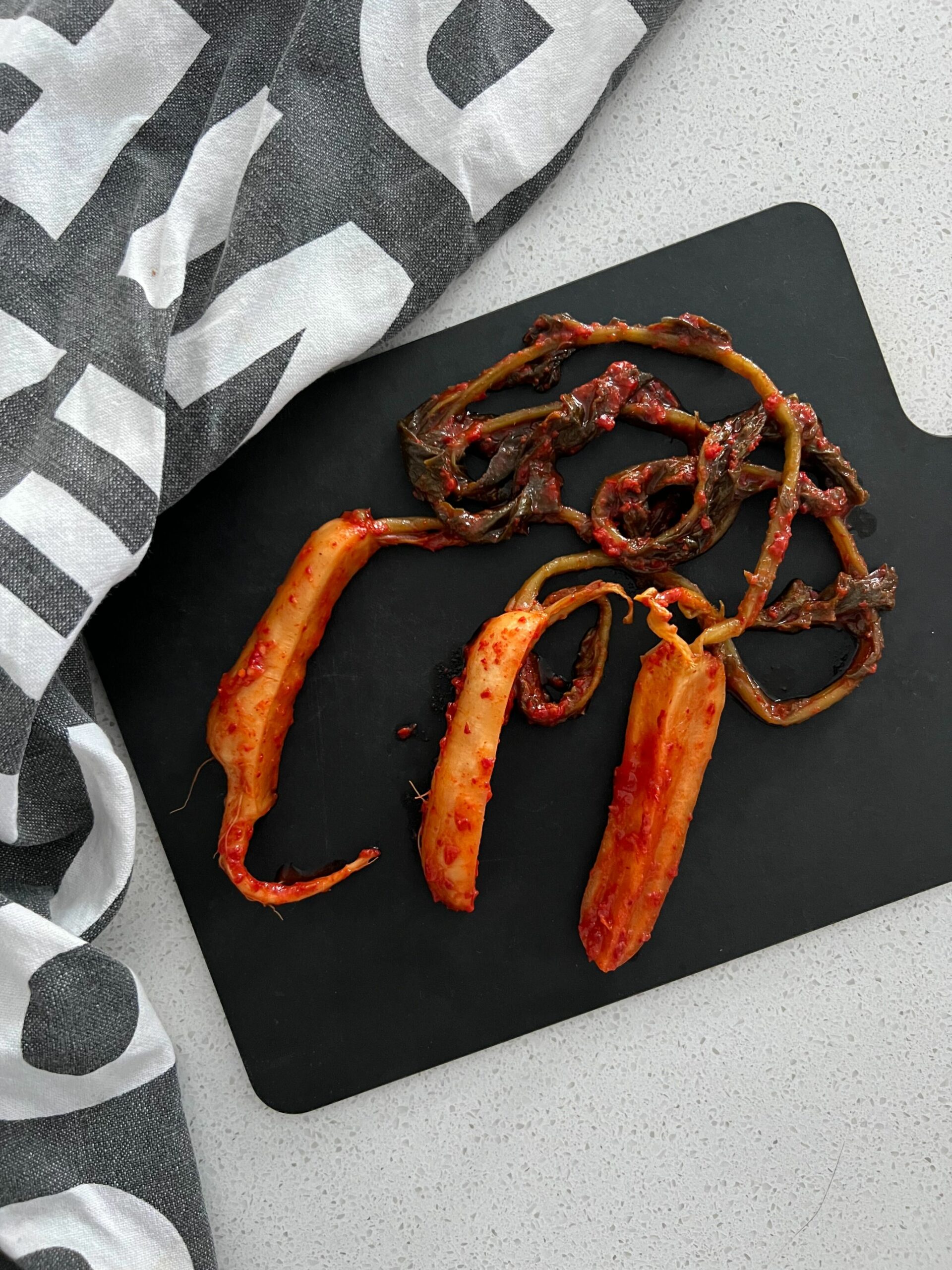
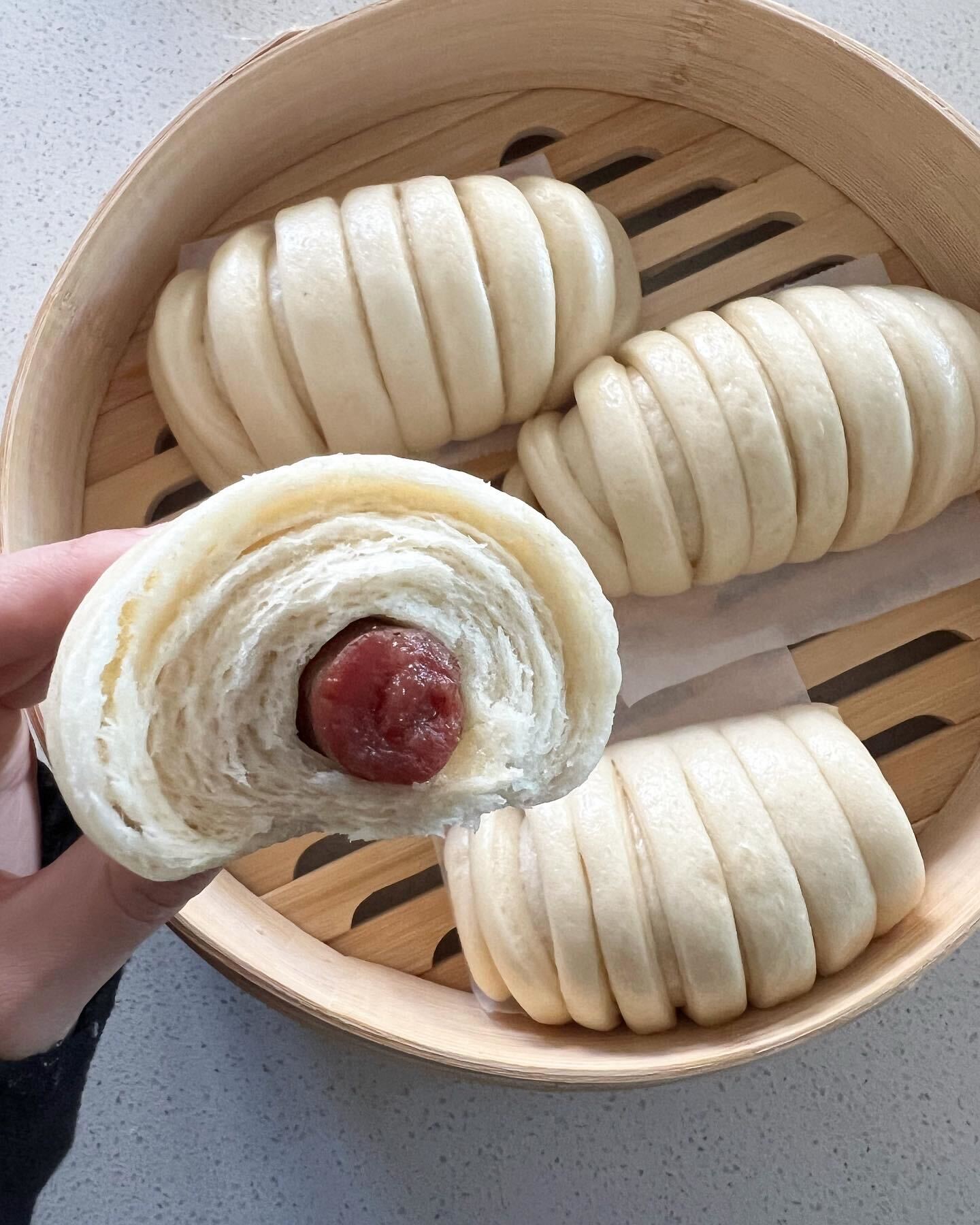
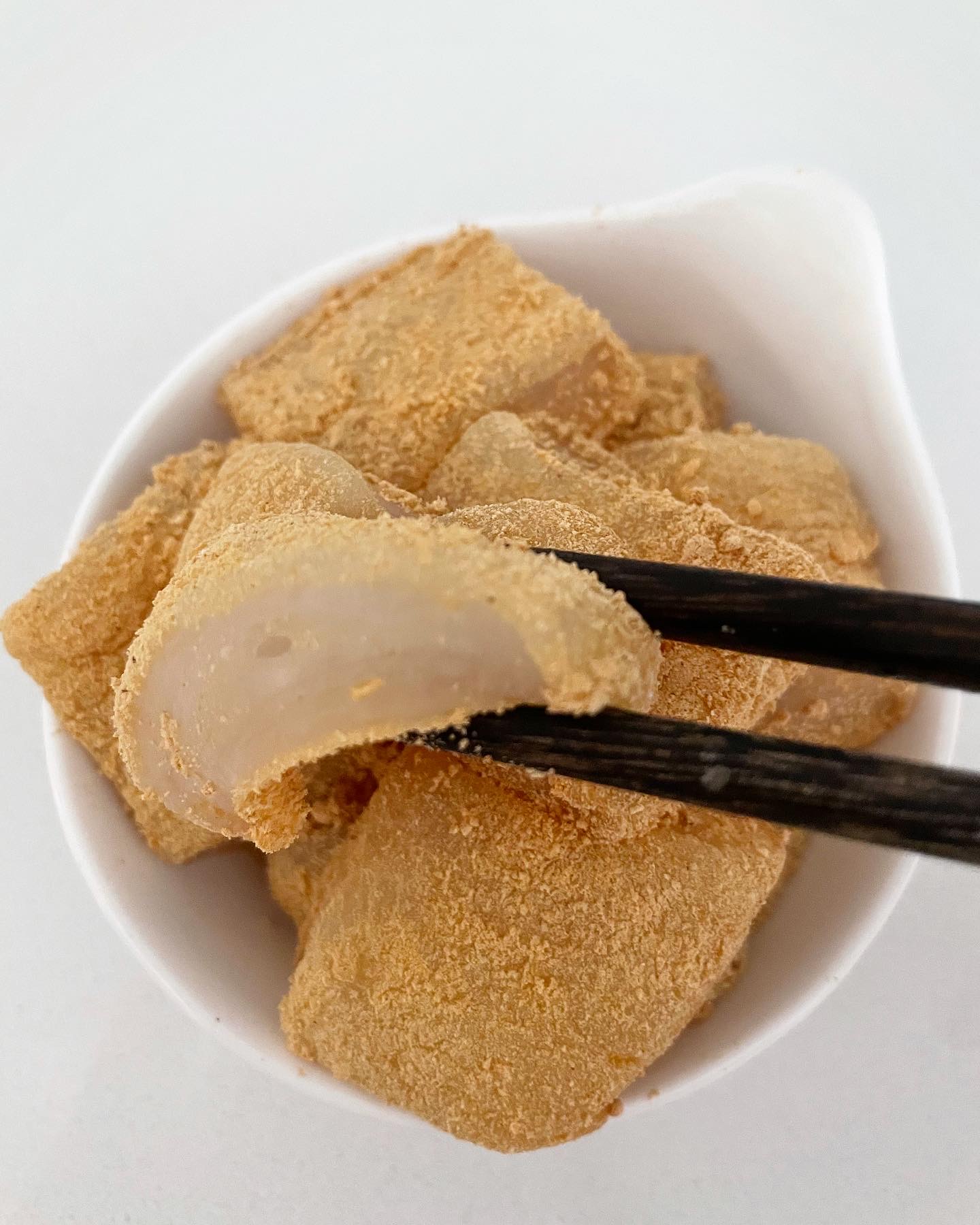
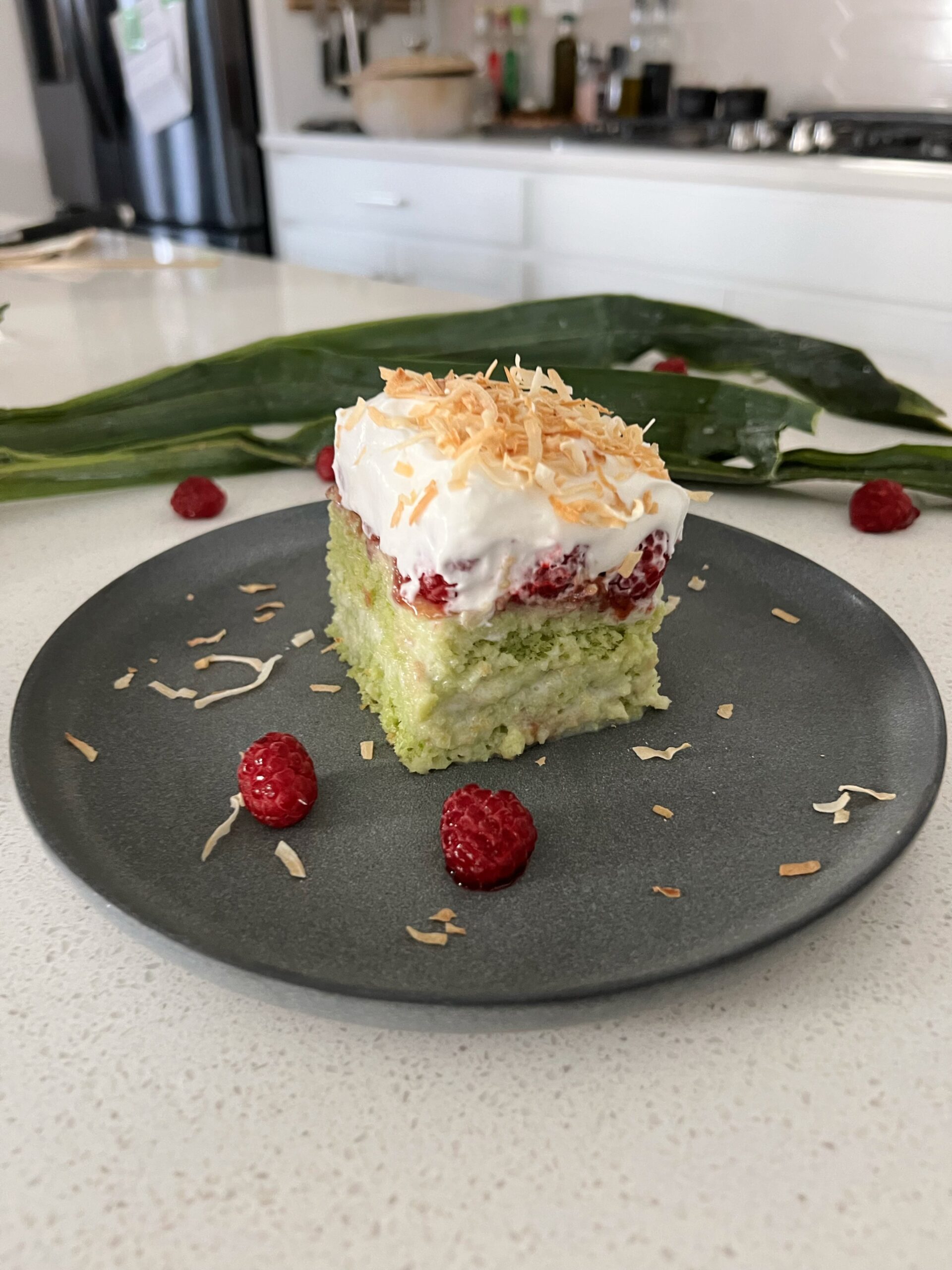
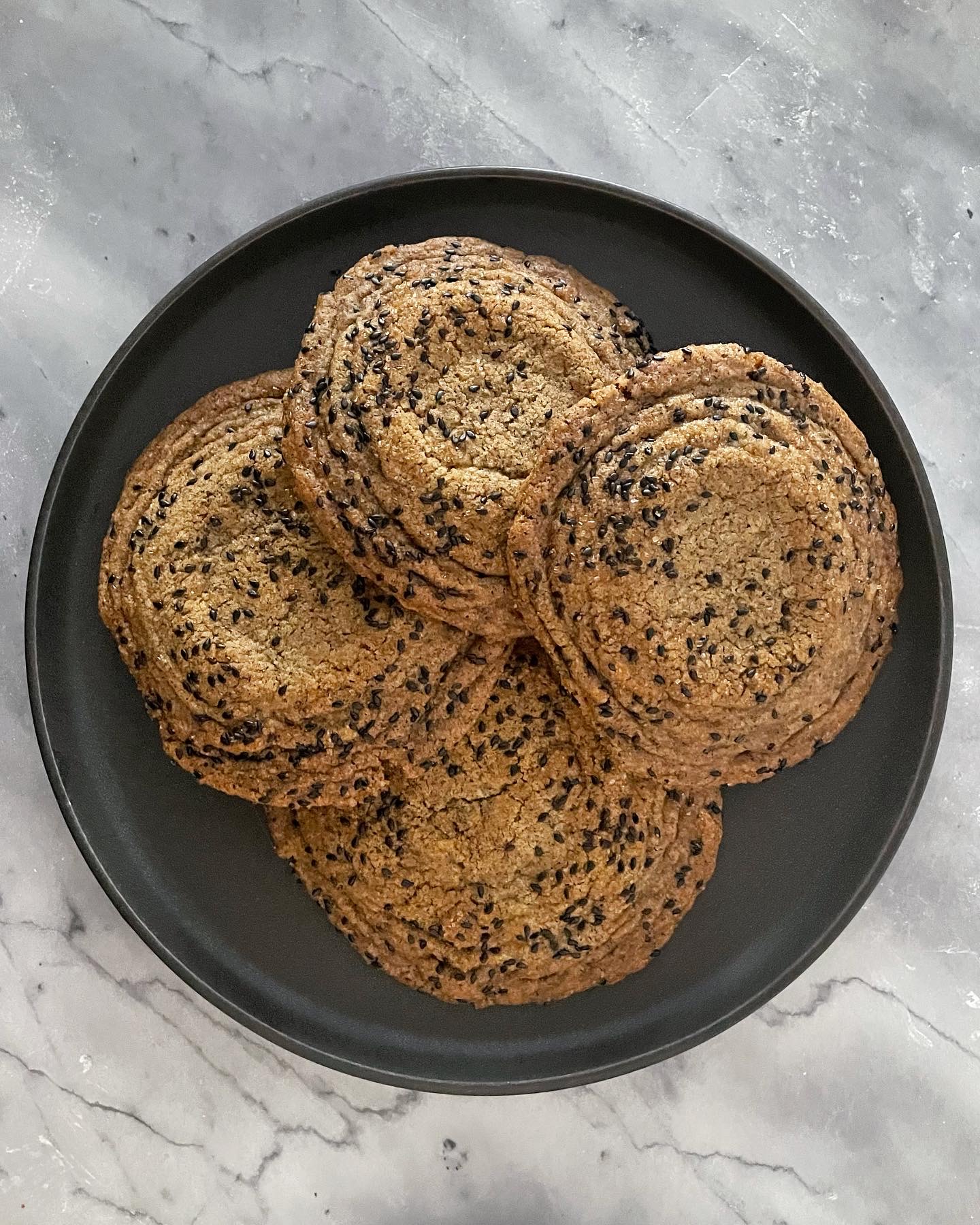
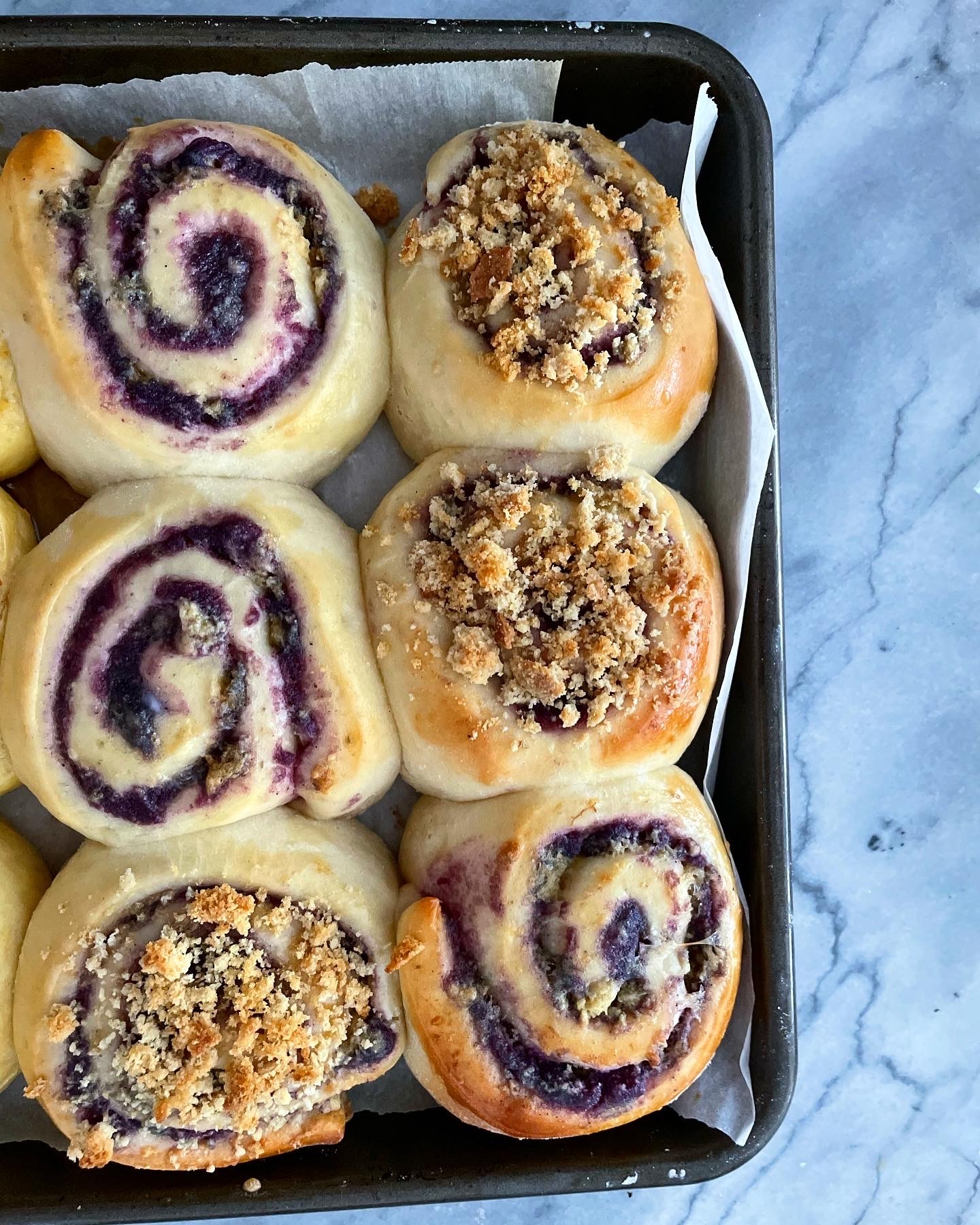
Leave a Reply